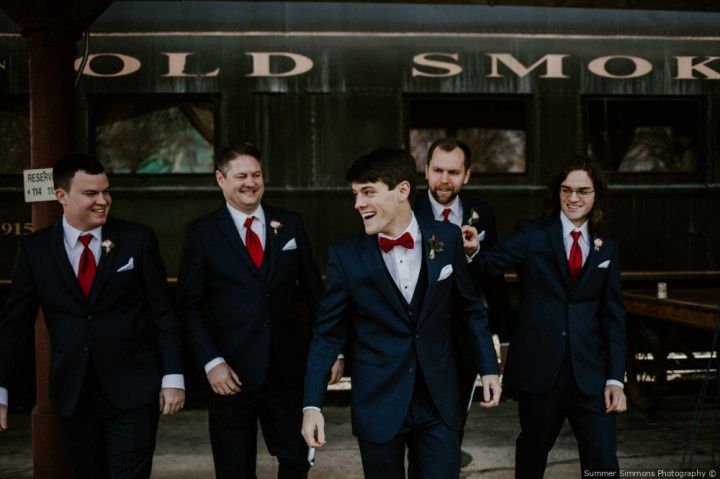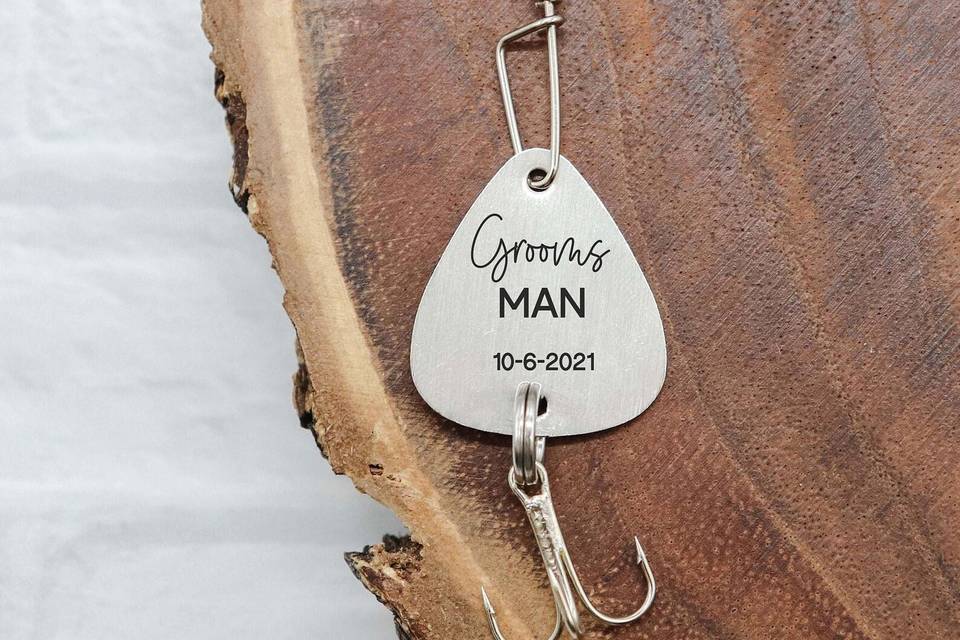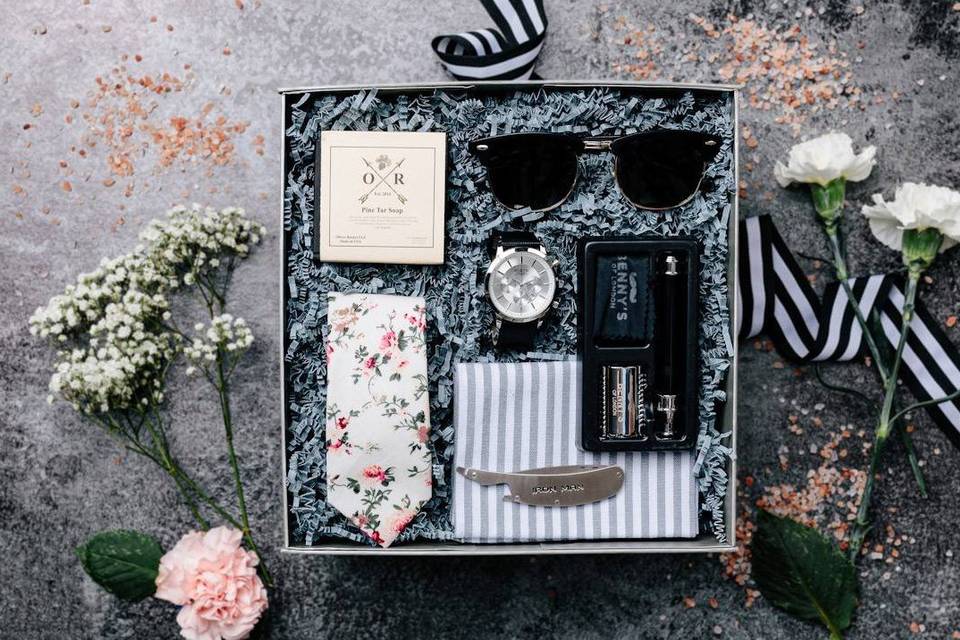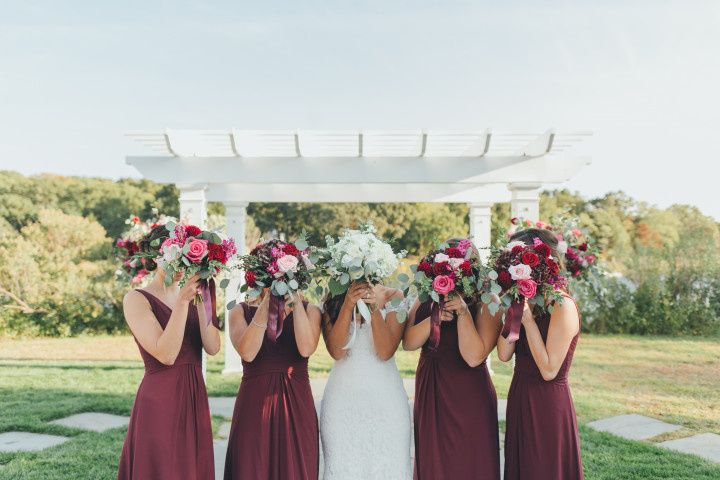The History of Groomsmen
If you think you have lots of responsibilities, check out the history of groomsmen—you'll be surprised at how much the role has changed!

We all know that groomsman have a pretty long list of duties, from planning the bachelor party to helping out on the wedding day. But looking back at the history of groomsmen, these tasks seem pretty minor in comparison to what groomsmen of yore had to deal with. In fact, back in early times, groomsmen risked their lives in their effort to assist and protect the soon-to-be married couple. So when you find yourself griping about having to shell out for that bachelor party trip to Miami, remember that when it comes to the history of groomsmen, you’ve got it pretty good.
Learn more about the history of groomsmen, and be glad you’re living in the modern age.
Groomsmen helped the groom kidnap the bride—seriously.
In Biblical times, a bride-to-be was required to receive her family’s permission to marry. If this did not occur, the bride was often forcibly removed from her home by the groom and a troop of “bride-knights” in a practice known as “marriage by capture.” So during a large portion of the history of groomsmen, these men served as the groom’s army, fighting the bride’s relatives so that the groom could abscond with the bride. In other cases, the bride was actually kidnapped by the groom and the bride-knights. Nowadays, groomsmen support the groom with wedding planning tasks and providing assistance on the big day—this doesn’t usually include combat.
The best man was the best fighter and lead protector.
Nowadays, the best man is the head groomsman, taking the lead on planning the bachelor party, ordering attire, and giving a speech on the big day. This role is typically assigned to a groom’s close relative or best friend. However, back in 16th century Europe, the best man was chosen for his fighting skills—the best swordsman. During the wedding ceremony, the best man stood to the right of the groom so that he could easily access his sword with his right hand if someone tried to kidnap the bride, or she tried to run away. The best man would stand next to the groom for most of the wedding in case of an attack—in some cases, even guarding the couple’s door on their wedding night.
Groomsmen served as the bride’s bodyguards.
Back in the early history of groomsmen, the bride’s family would present the groom with a large dowry of money and household goods. This abundance of riches made the soon-to-be-married couple a target for robbers, ex-lovers, and bad spirits. The groomsmen (like the bridesmaids) would dress like the groom to confuse these evil-doers, and be at the ready to fight anyone who crossed the newlyweds. In some cultures, the groomsmen might have walked with the bride to the ceremony as her personal protectors. While modern-day groomsmen may assist the bride at certain points, they’re certainly not required to put their lives on the line for her! And while groomsmen tend to dress alike, these days the groom usually wears slightly different attire to stand out.
The bachelor party has been a long-time tradition.
The first bachelor parties occurred in ancient Sparta, around the 5th century B.C. These raucous parties were an occasion to toast and feast in the groom’s honor. These parties weren’t always wild debaucheries, but became more so in the 19th and 20th centuries. The term “bachelor” was not widely used, however, until the 14th century, when Geoffrey Chauncer used the word to refer to an unmarried man in his book The Canterbury Tales. Bachelor parties are also called stag parties or stag dos in other parts of the world.





